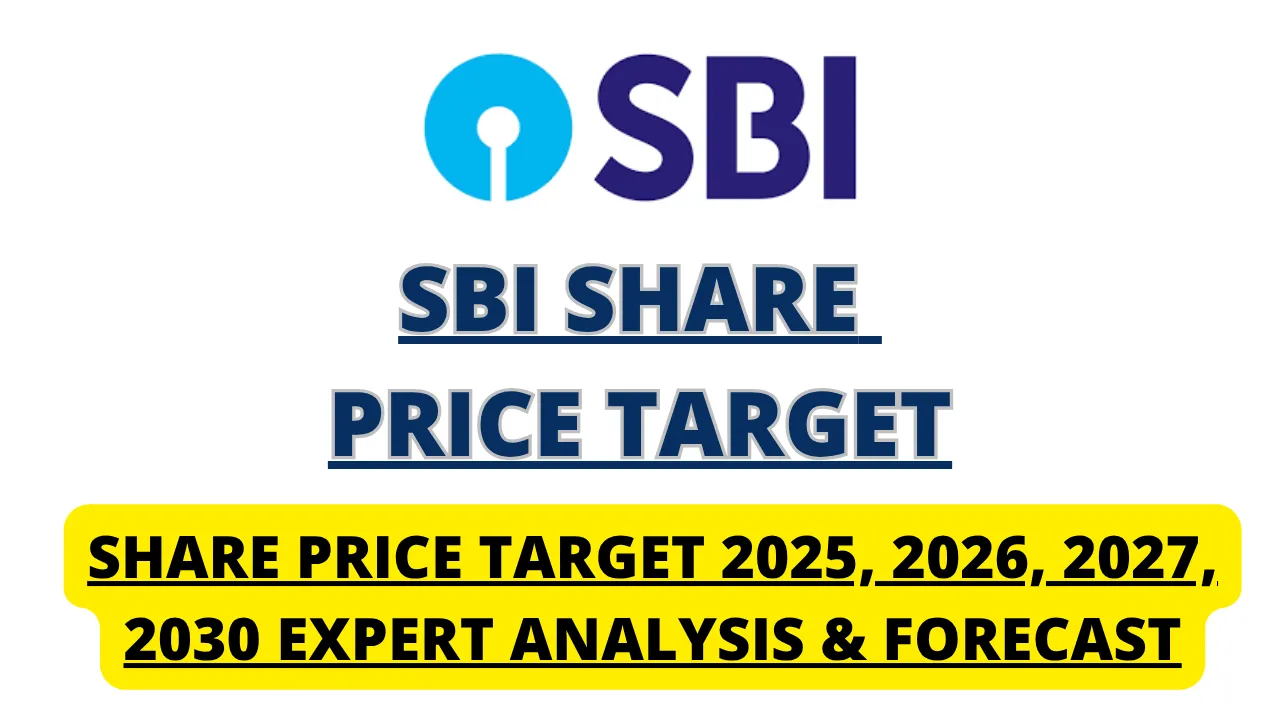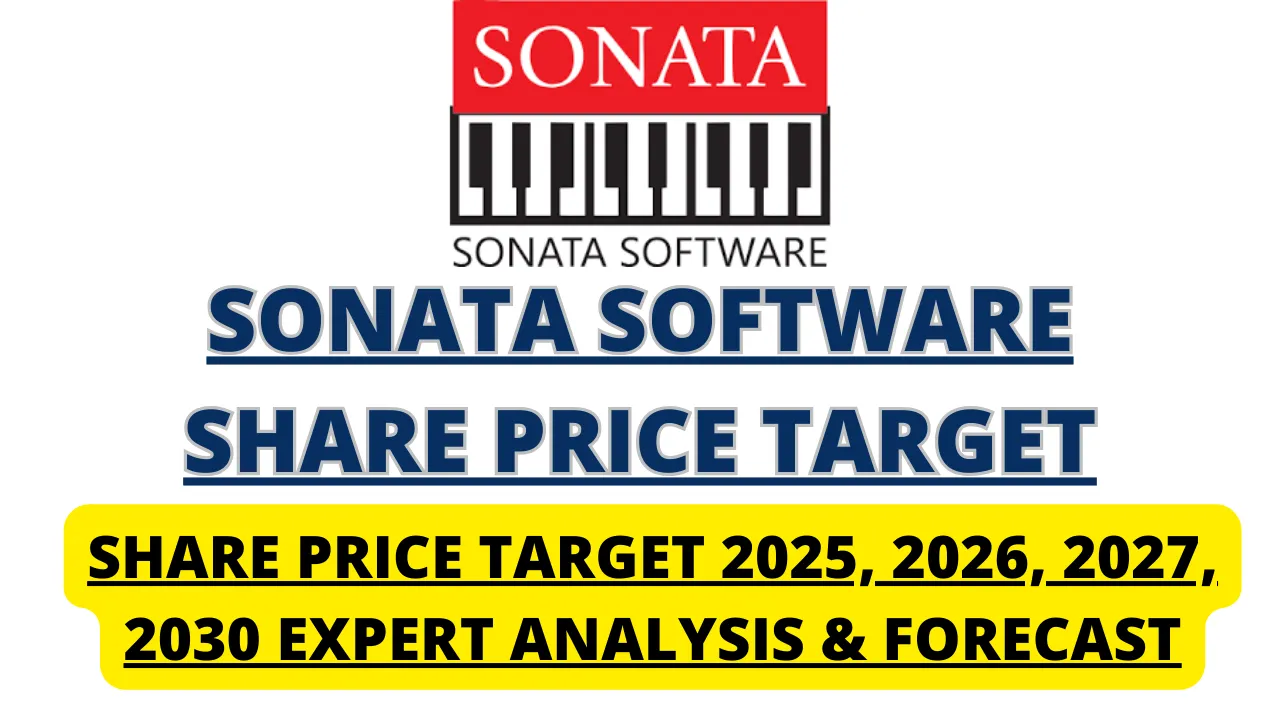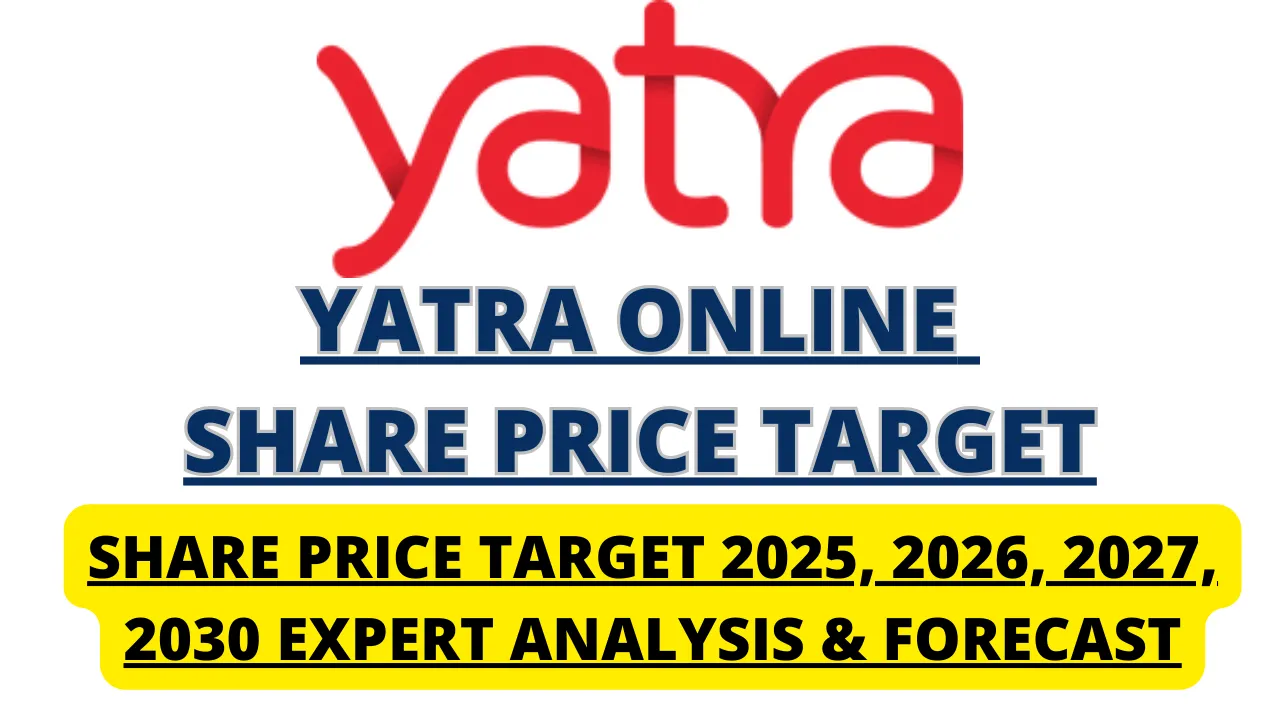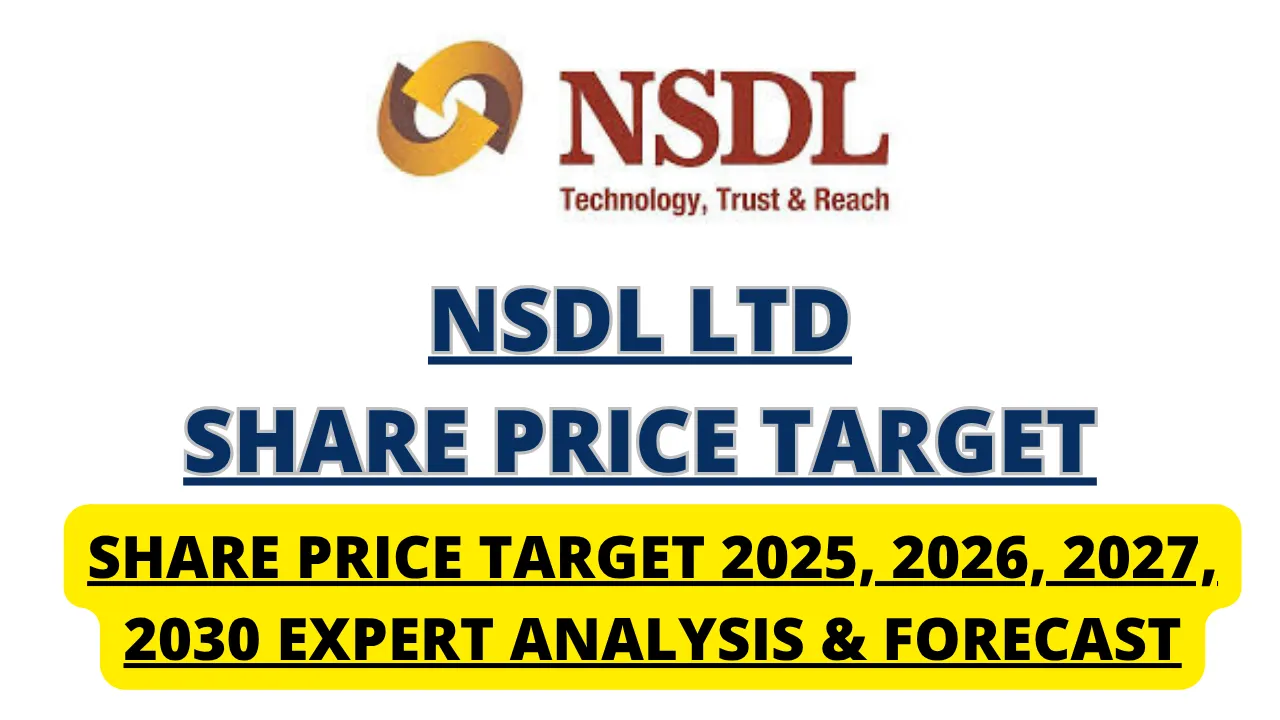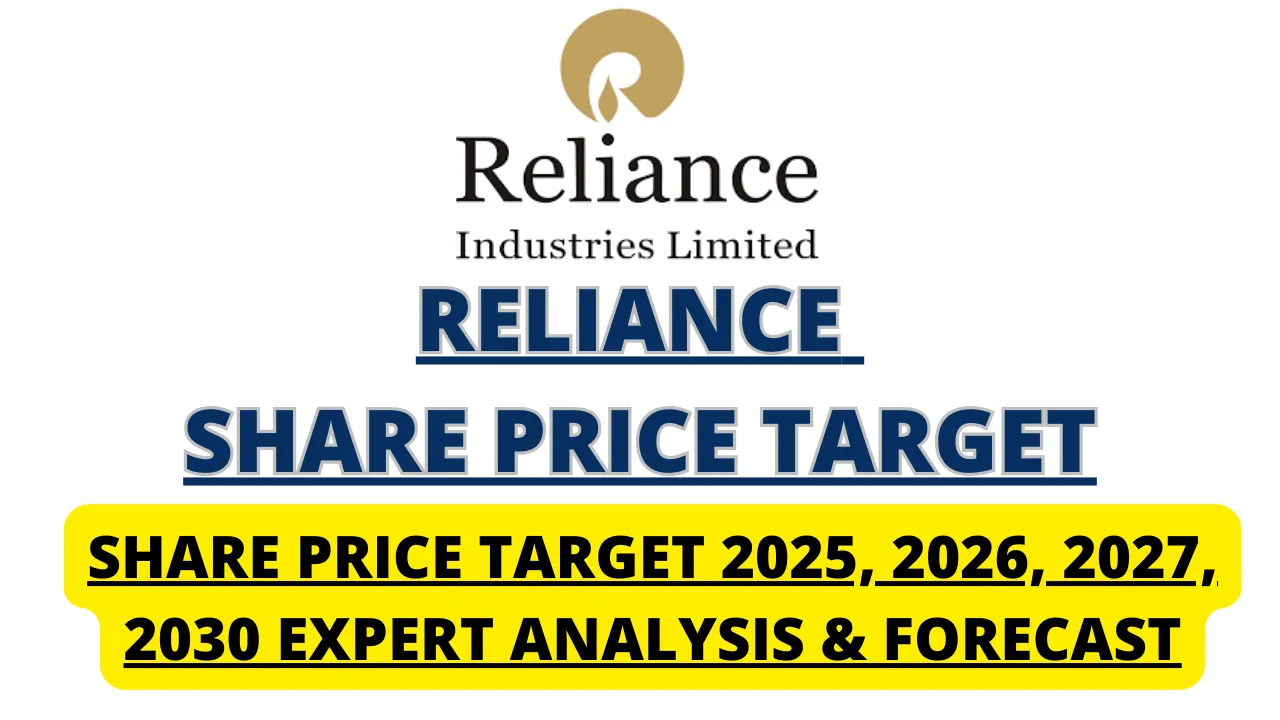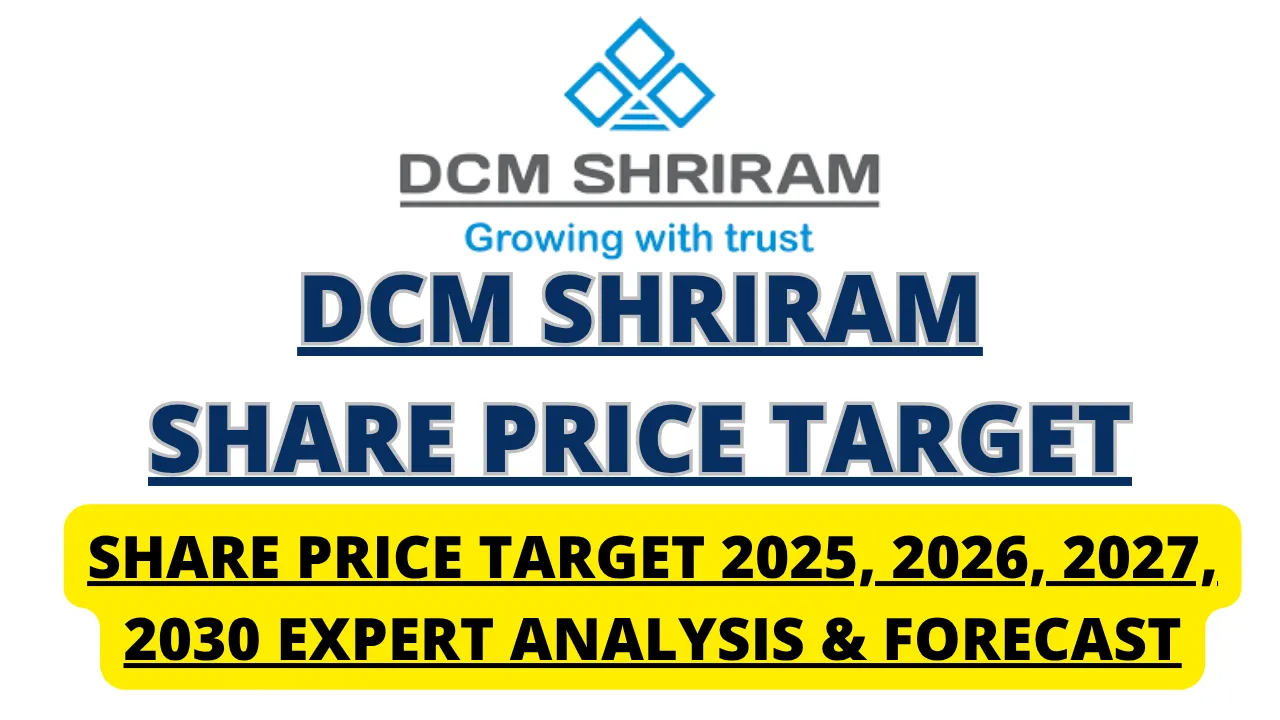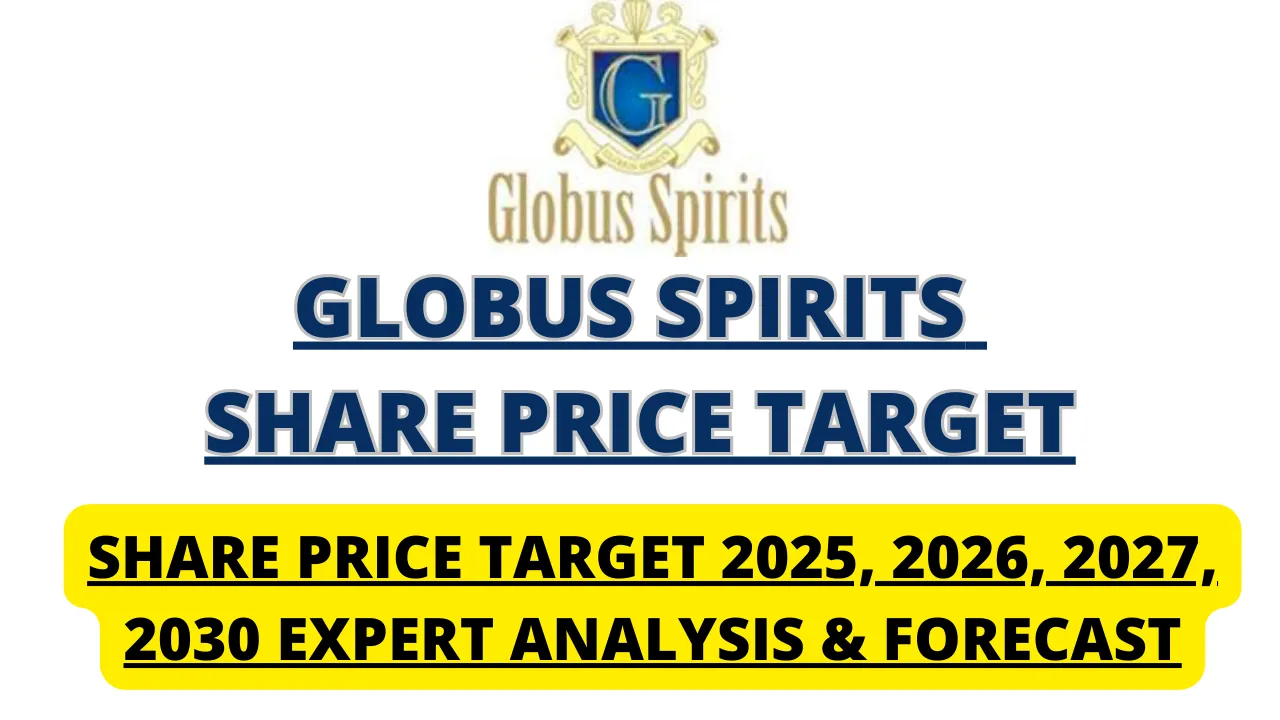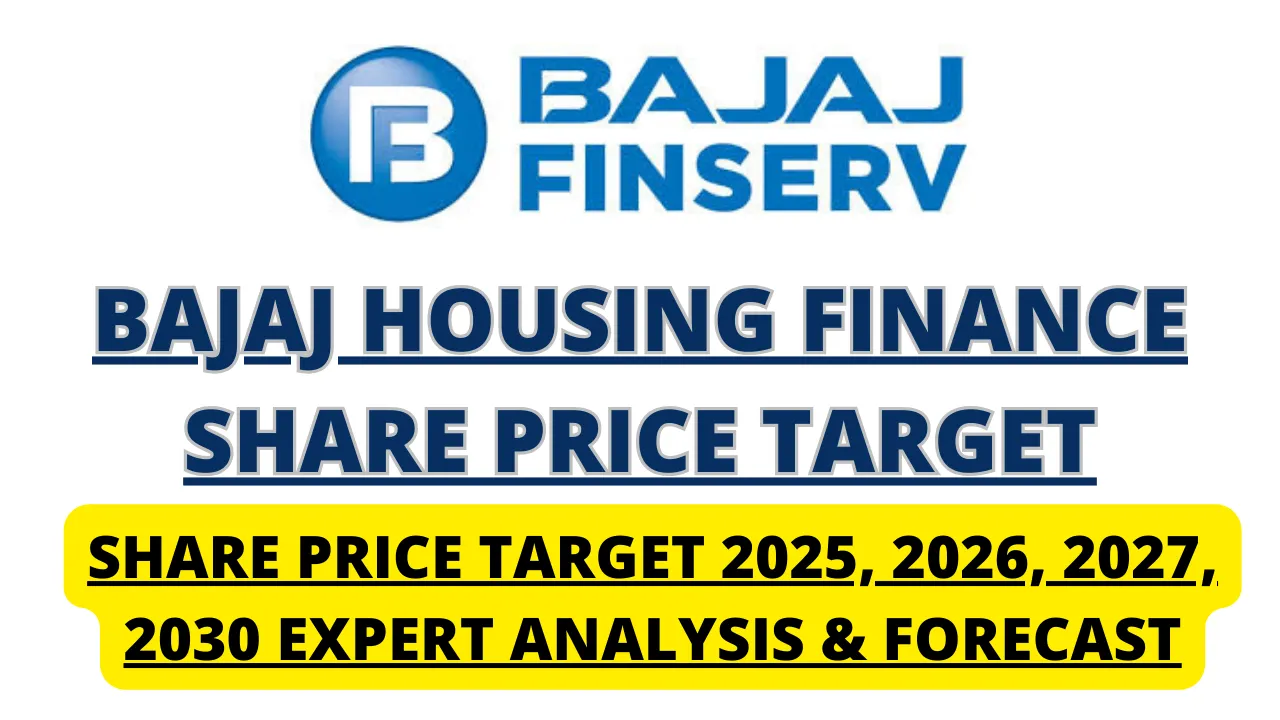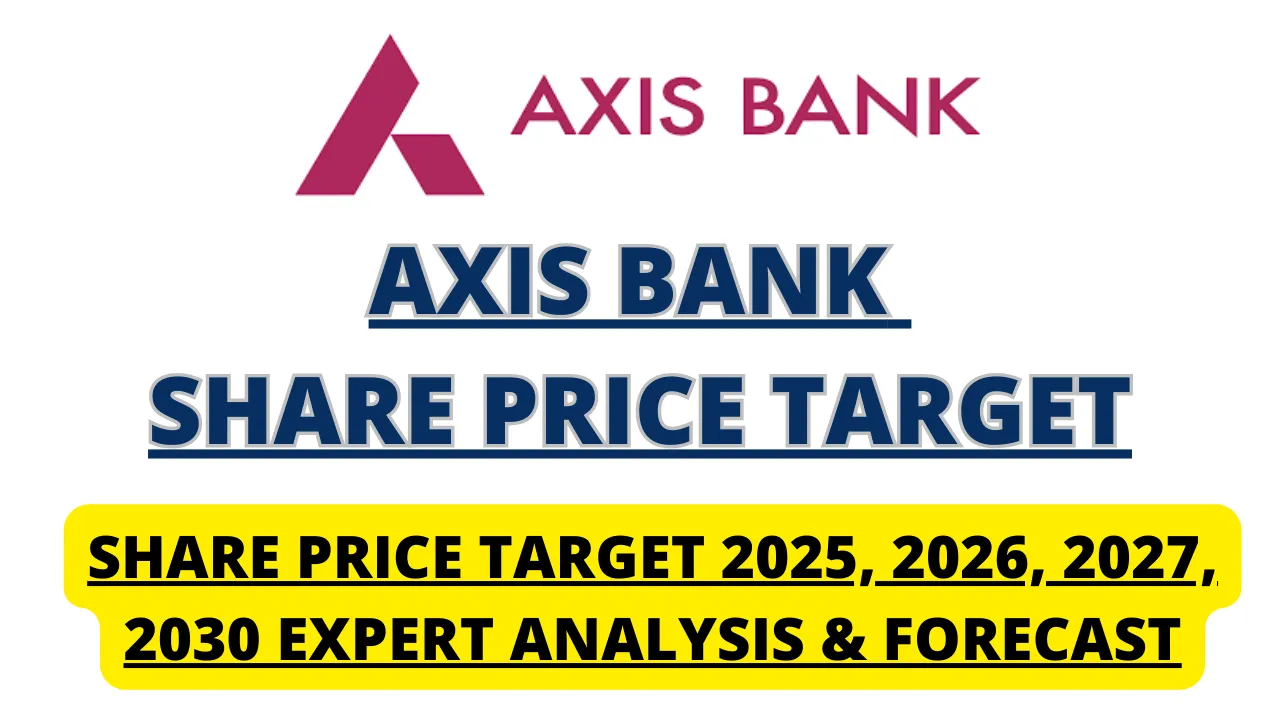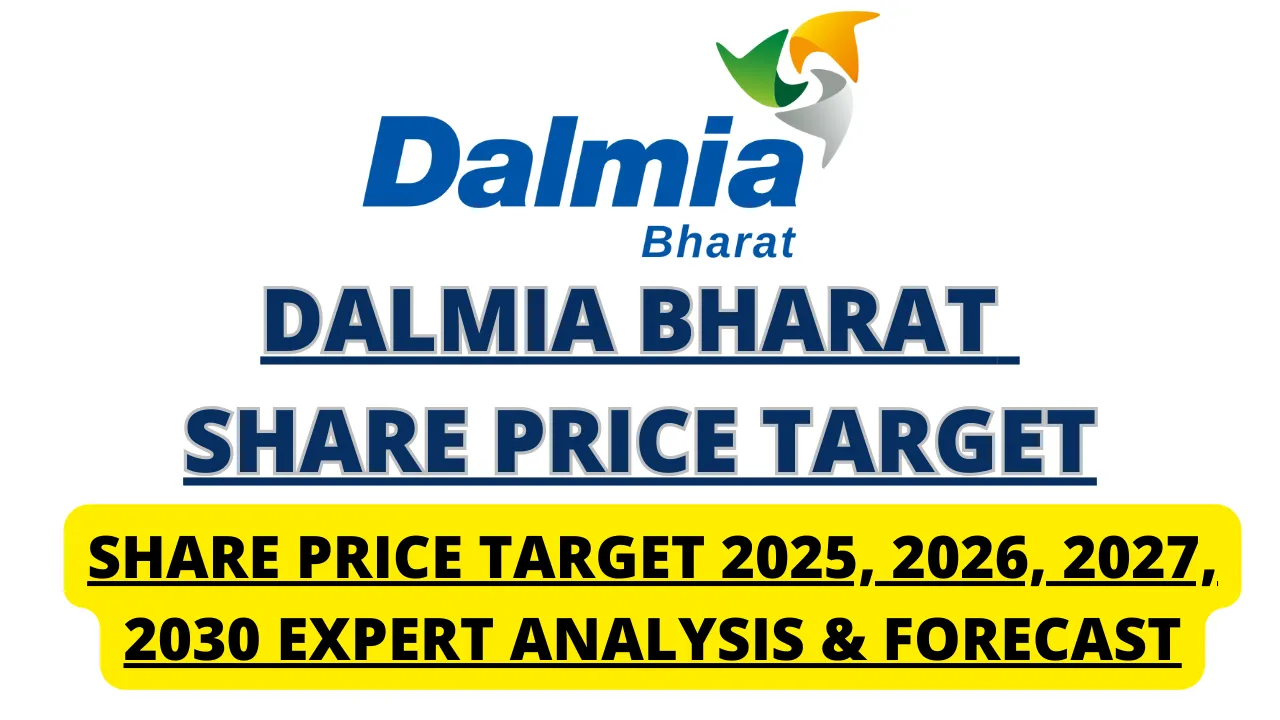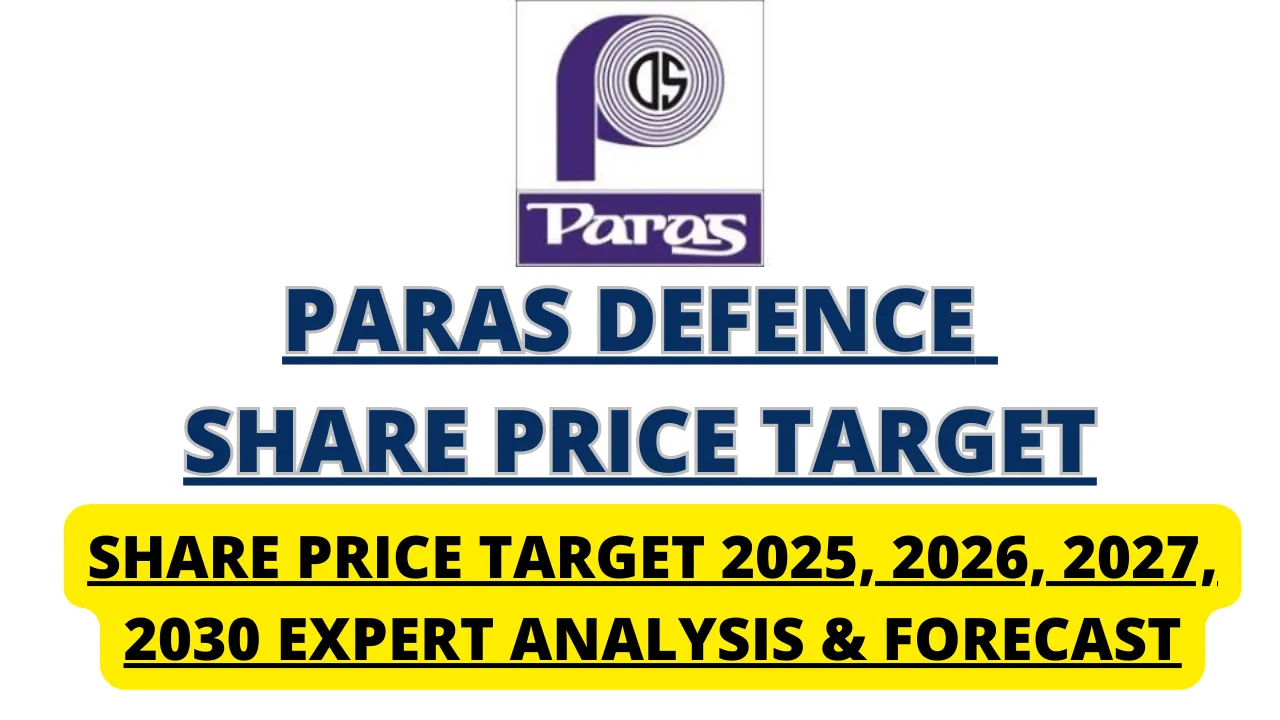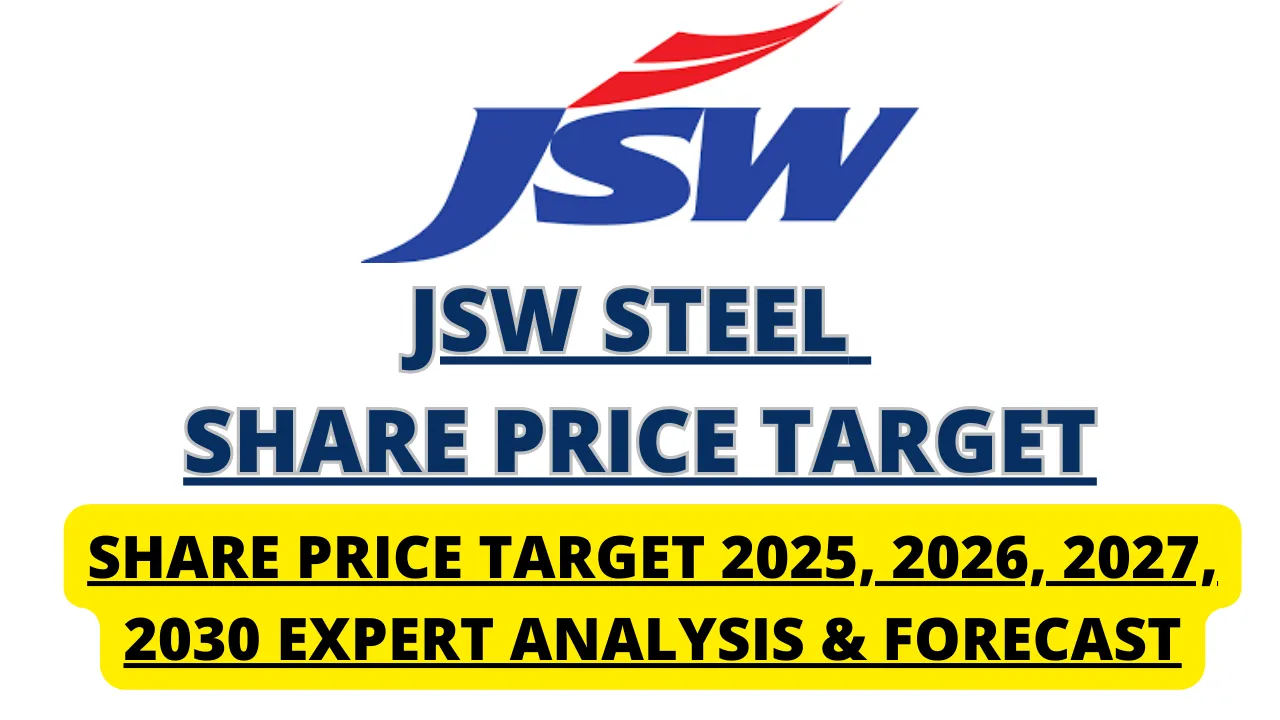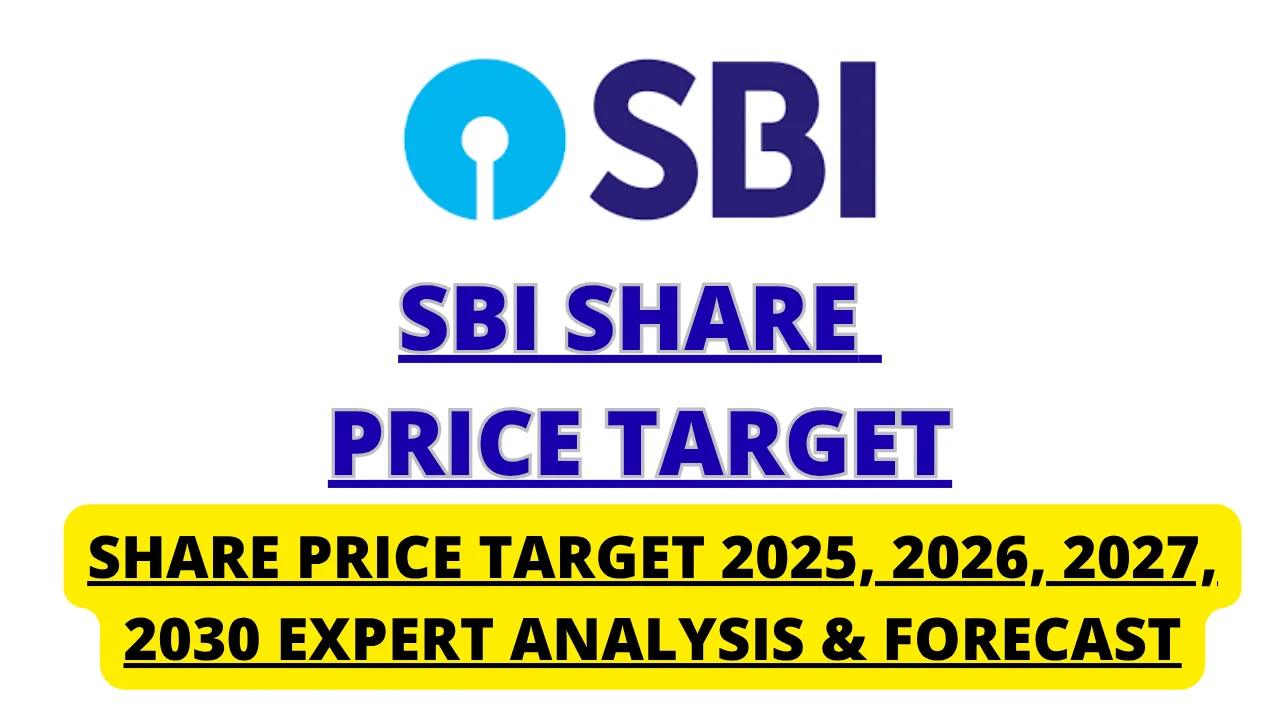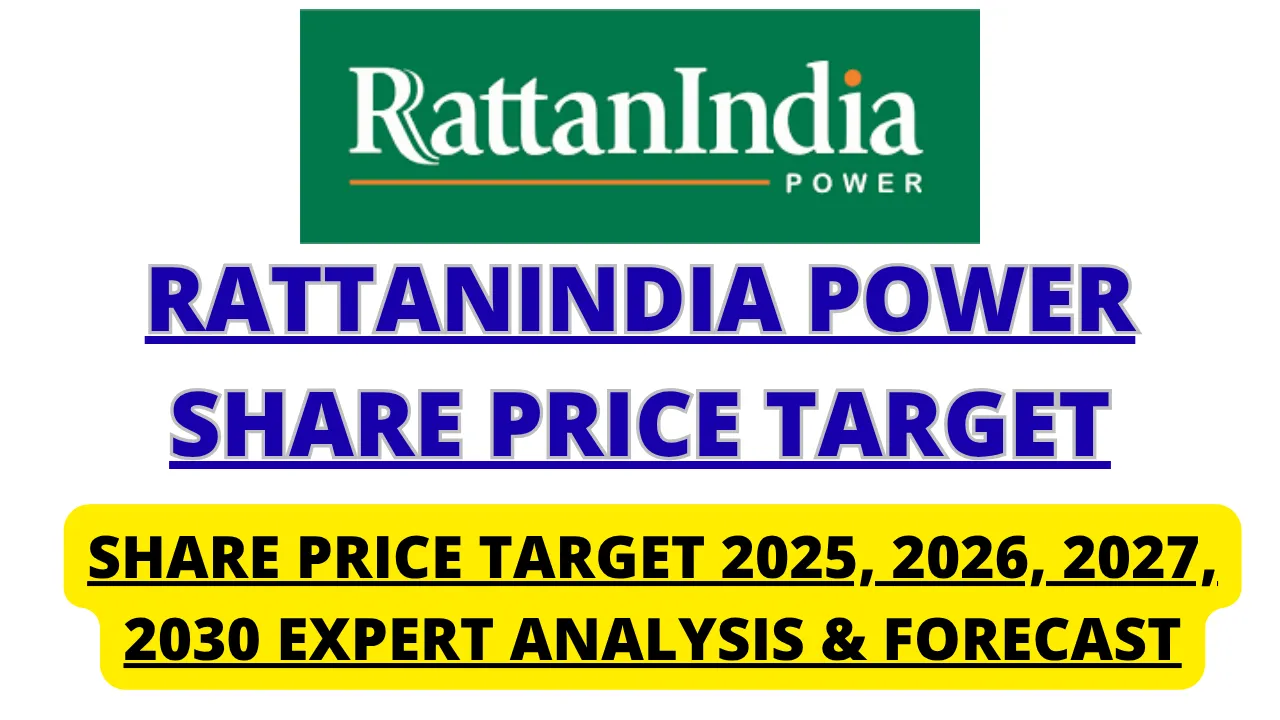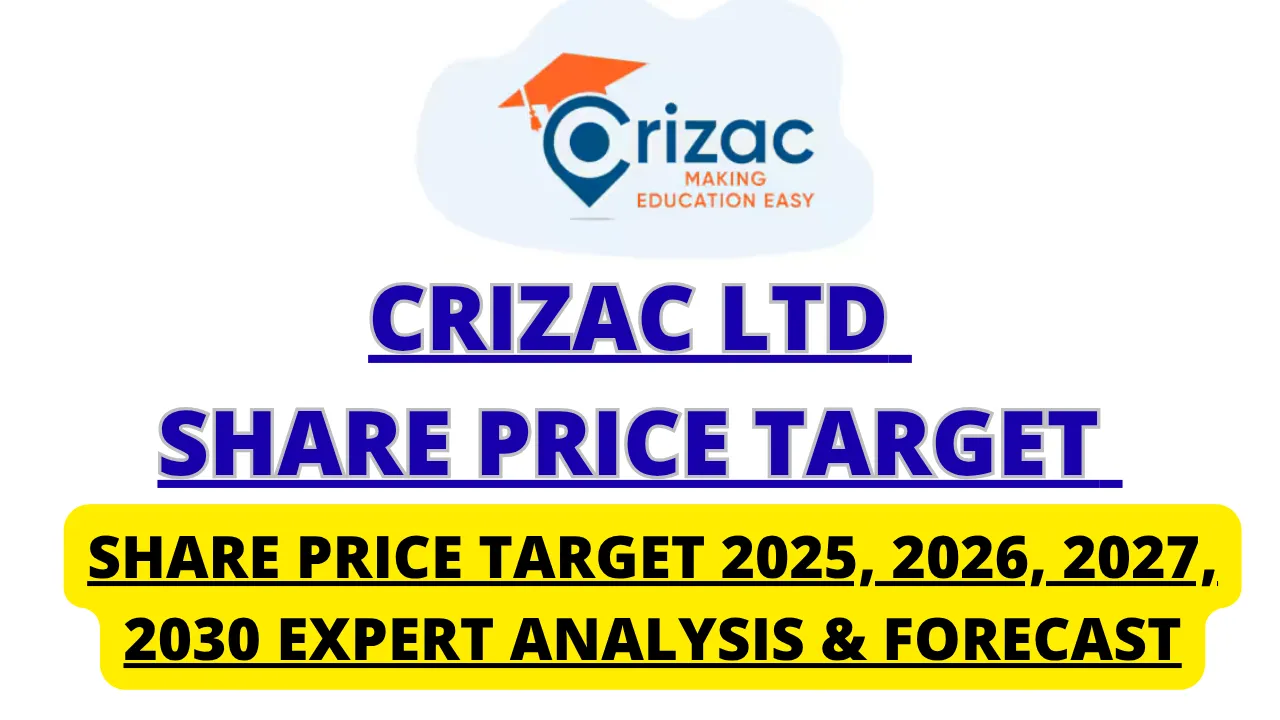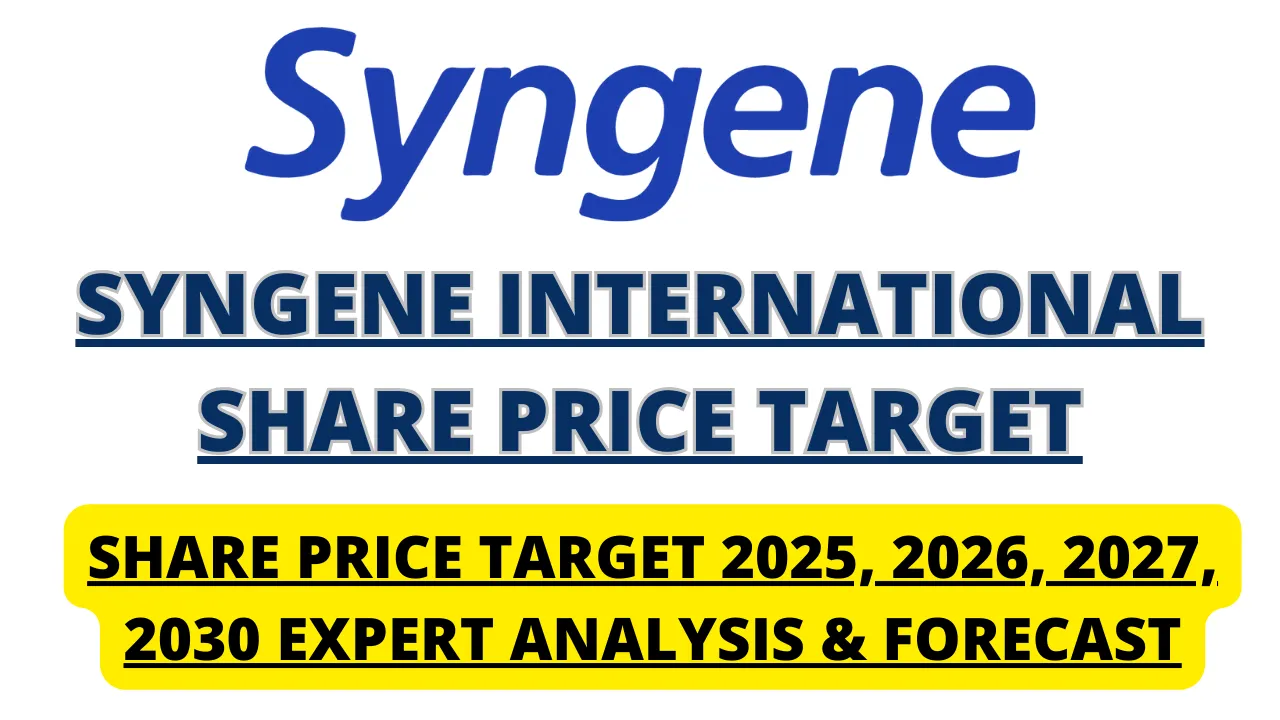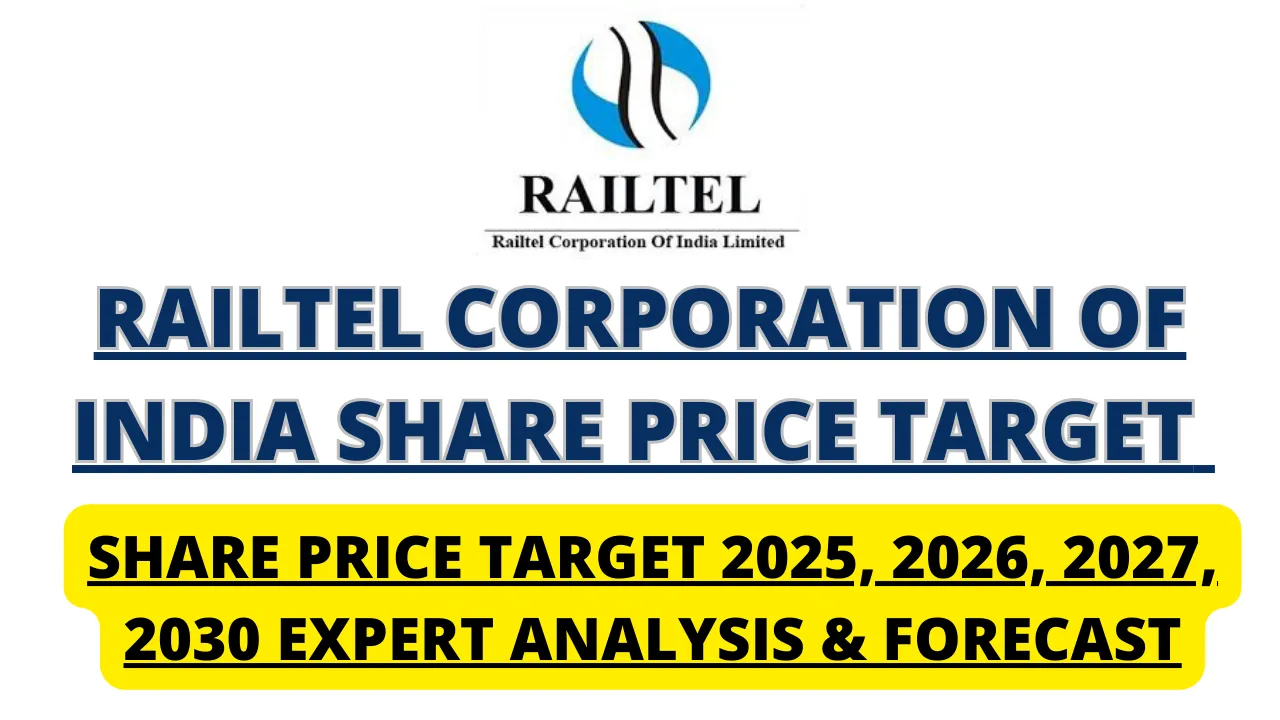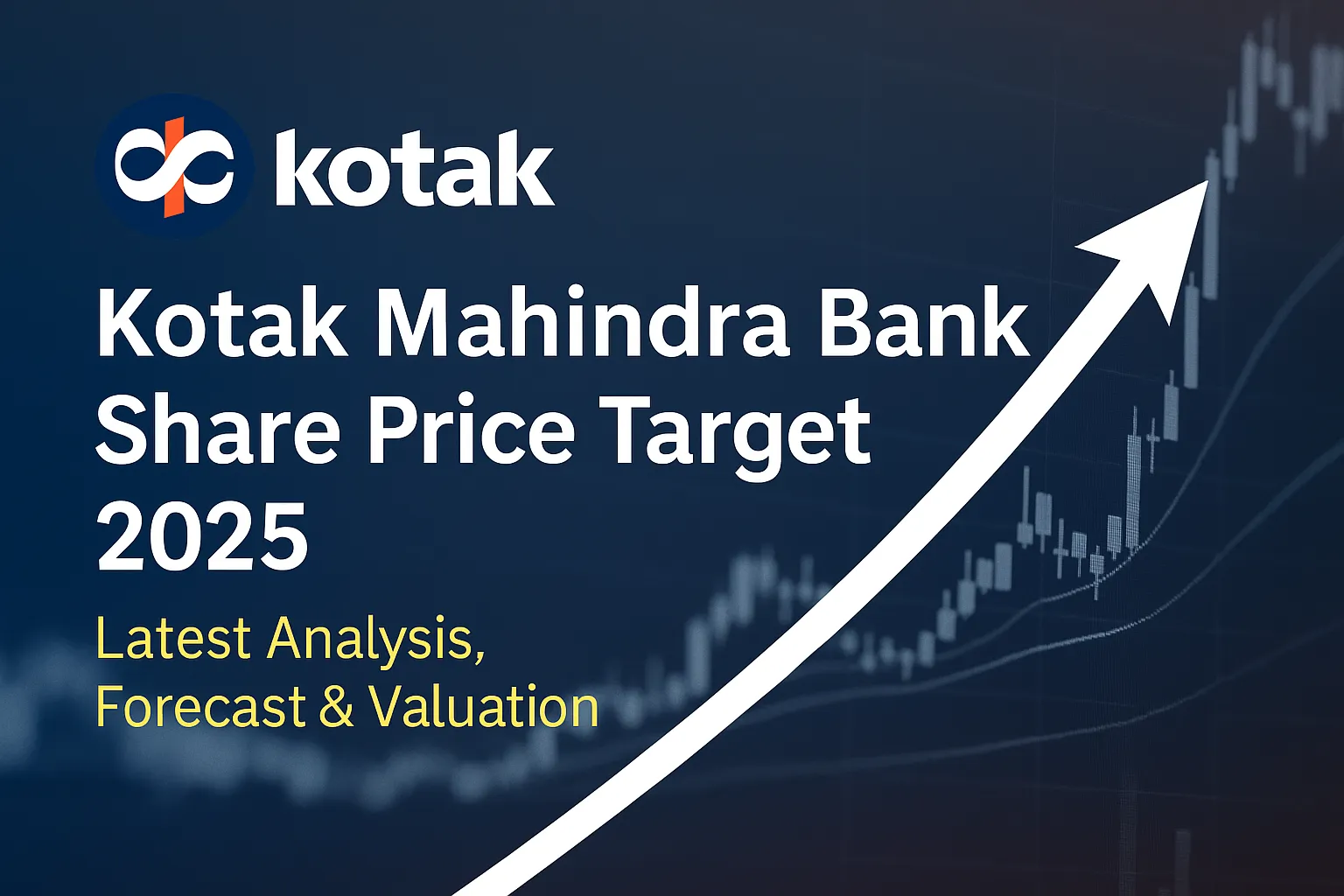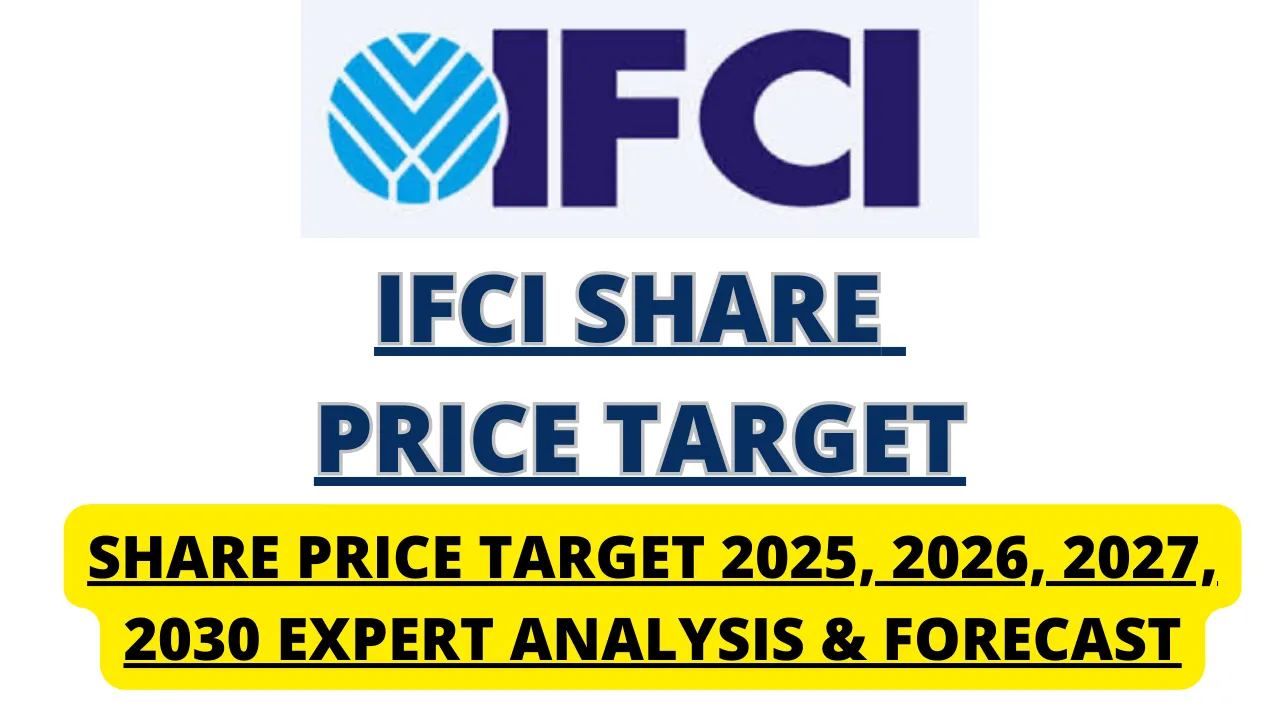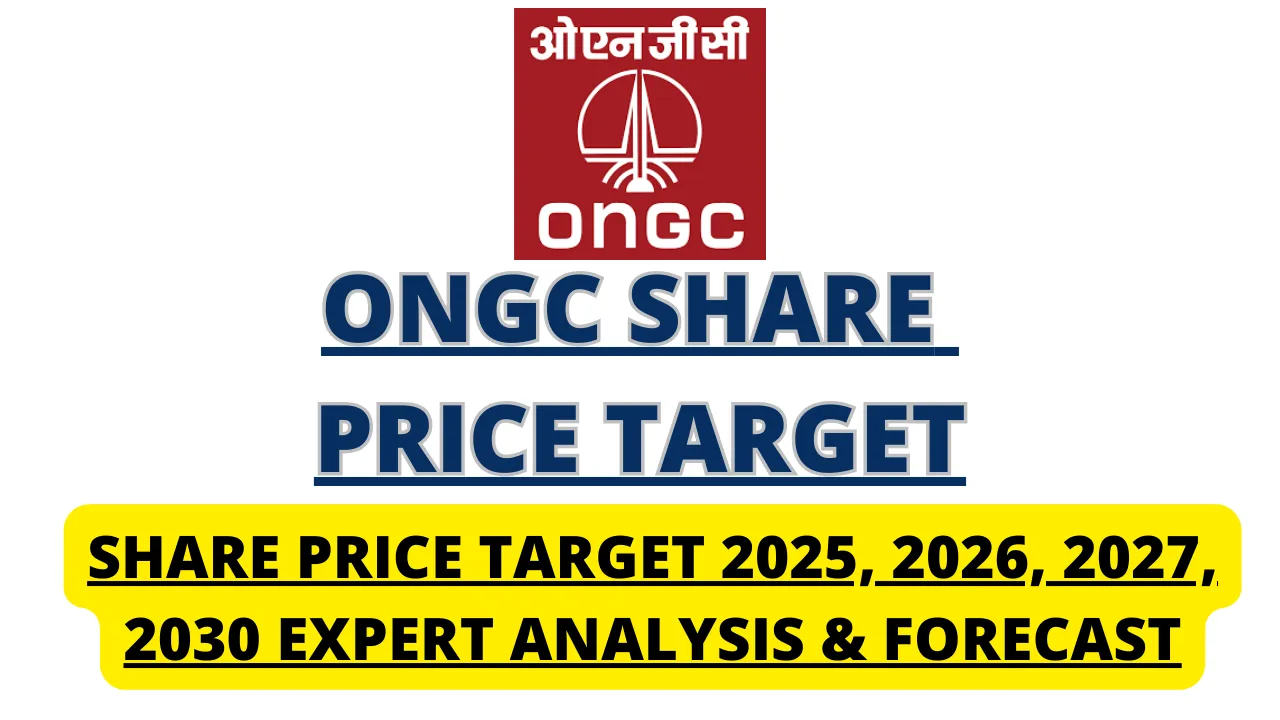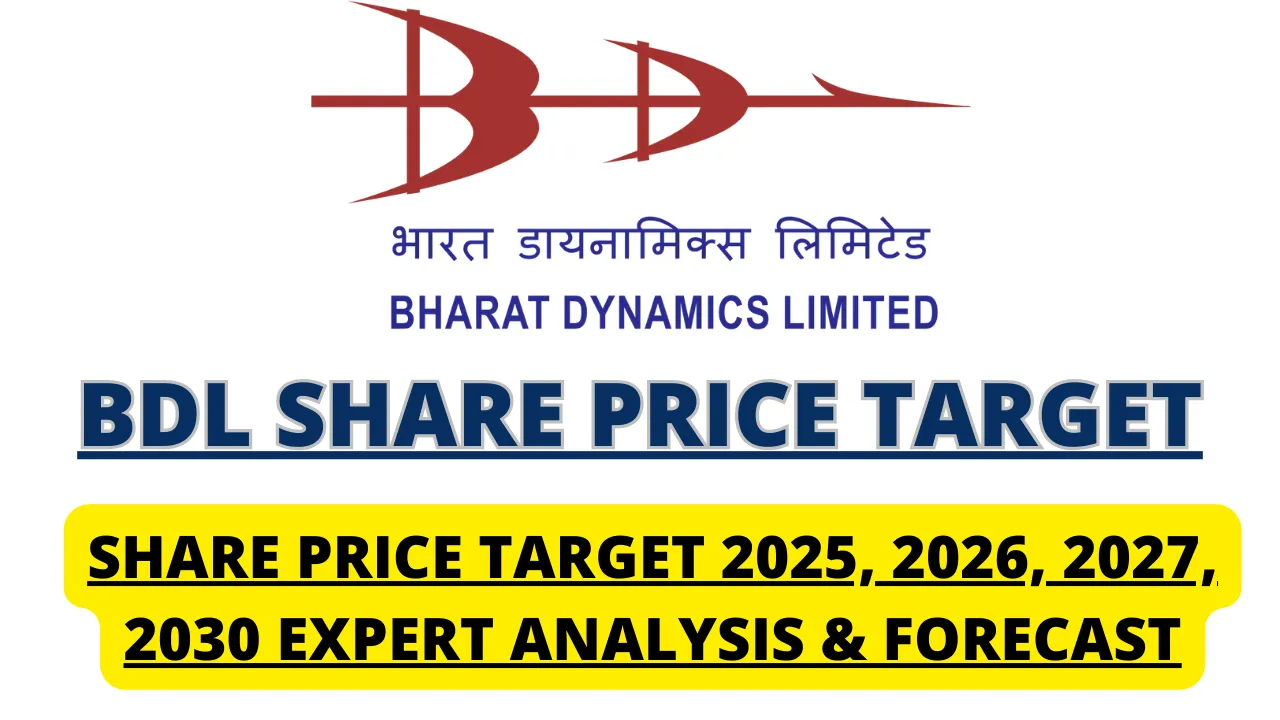SBI Share Price Target 2025 to 2030; State Bank of India (NSE: SBIN), India’s largest public sector bank, commands a ~23% market share in assets and accounts for 25% of total loans and deposits. With over 22,500 branches, 65,600 ATMs, and 500 million users, SBI plays a crucial role in the national banking ecosystem.
As of June 24, 2025, SBI trades around ₹795, within a 52-week range of ₹680–₹899. The bank reports a market cap of ₹7.09 lakh crore, P/E ratio ~9.1×, P/B ~1.5×, ROE of ~17%, and dividend yield of ~2%. FY25 results include revenue of ₹4.91 lakh cr and PAT of ₹79,017 cr, up 16% YoY.
This deep-dive spans structured projections, based on fundamentals, analyst insight, and macro trends, forecasting SBI’s trajectory from 2025 through 2030.
SBI Share Price Target 2025 to 2030
| Year | Price Range (₹) |
|---|---|
| 2025 | 795 – 900 |
| 2026 | 850 – 1,000 |
| 2027 | 900 – 1,300 |
| 2028 | 1,100 – 1,600 |
| 2029 | 1,300 – 2,000 |
| 2030 | 1,500 – 2,500 |
SBI Share Price 2025 Target: ₹795–₹900
SBI’s 2025 projection begins near its current ~₹795 level, with upside to ₹900. Technical research identifies an inverse head-and-shoulders pattern with a 890–900 target. This aligns with the upper bound from historical highs and analyst sentiment.
SBI Share Price 2026 Target: ₹850–₹1,000
Analyst consensus points to moderate growth—P/B ratio expansion and robust earnings fundamentals support a range of ₹850–₹1,000. ICICI Securities set a target of ₹950, based on a maintained buy rating.
SBI Share Price 2027 Target: ₹900–₹1,300
By 2027, SBI may reach ₹900–₹1,300. Long-term growth estimates rely on subsidiary valuations (e.g. SBI Cards, YONO platform, insurance), and a strategic re-rating across business segments. Technical support for ₹1,300 is based on a five-year vision supported by rising loan growth and stable SOA .
SBI Share Price 2028 Target: ₹1,100–₹1,600
By 2028, projection expands to ₹1,100–₹1,600. Key drivers include operational leverage, digital adoption, rural branch expansion, and increasing fee-based income. Subsidiary share value growth will also contribute to revaluation.
2029 Target: ₹1,300–₹2,000
With ₹1,300–₹2,000 targets in 2029, projections assume SBI capitalizes on stable macro outlook, rising interest rates, increasing CASA ratio, and operational synergy. Dividend pattern continuity and strength in asset quality enhance investor confidence.
SBI Share Price 2030 Target: ₹1,500–₹2,500
By 2030, the upper band of ₹2,500 envisages SBI achieving ~₹150 cr EPS with a 15–17× P/E multiple, mirroring retail bank valuations. It also reflects confidence in digital leadership (YONO 2.0, scale in cards, insurance, wealth, institutional business), and continued macro stability.
SBI Key Growth Drivers
- Robust Subsidiary Ecosystem
SBI’s subsidiaries—SBI Cards, Life & General Insurance, Mutual Funds, YONO—boost overall valuation. ICICI Securities valued subsidiary contribution at ~₹248/share, targeting total ~₹1,010 price. - Loan & Deposit Momentum
Institutional and retail loan growth of ~12–13% forecast; CASA ratio stability underpins NIM & margins. - Tech & Digital Scale
YONO platform (~88 million users), international presence, and SaaS banking products strengthen fee income streams . - Sound Asset Quality
NPA levels have stabilized; provisioning norms improved, guiding RoA/RoE stability. - Valuation Reset Potential
At ~9× P/E and ~1.5× P/B, SBI trades below peers; elevation to 12–17× aligns with industry norms under successful execution .
SBI Risks & Challenges
- Margin Pressure
Slow reduction in deposit rates could compress NIM. - Macro Slowdown / Inflation
May limit loan growth and increase credit costs. - Regulatory Hurdles
New RBI rules or bank mergers could alter outlook. - Geopolitical Risk
International exposure can bring forex and geopolitical risks. - Subsidiary Execution
Underperformance in SBI Cards, insurance, or NBFC may affect valuation uplifts.
SBI Investment Strategy
- Short-term (6-12 months): Range-bound ₹795–₹900; breakout above ₹900 strengthens trend.
- Mid-term (12-24 months): Entry near ₹850 with 2026 target up to ₹1,000+.
- Long-term (3-5 years): Accumulate for ₹2,000+ upside based on subsidiary potential and sectoral tailwinds.
SBI offers a balanced mix of value (low multiple), growth (loan expansion, subsidiaries), and income (dividends, yield ~2%).
Conclusion
SBI stands strong at the intersection of scale in retail and corporate banking, digital evolution, subsidiary strength, and valuation upside potential. With FY25 fundamentals solid, the near-term outlook appears stable. However, the real upside lies in long-term transformation toward a bank-plus ecosystem with digitization and fee income leadership.
Monitoring core KPIs—loan growth, NIM, CASA ratio, subsidiary performance—and regulatory trends remains crucial. Rewards for a multi-year investment could be substantial, targeting ₹1,500–₹2,500 by 2030, assuming disciplined execution.
Disclaimer: This content is for informational purposes only and not financial advice. Consult a SEBI-registered advisor before investing.
